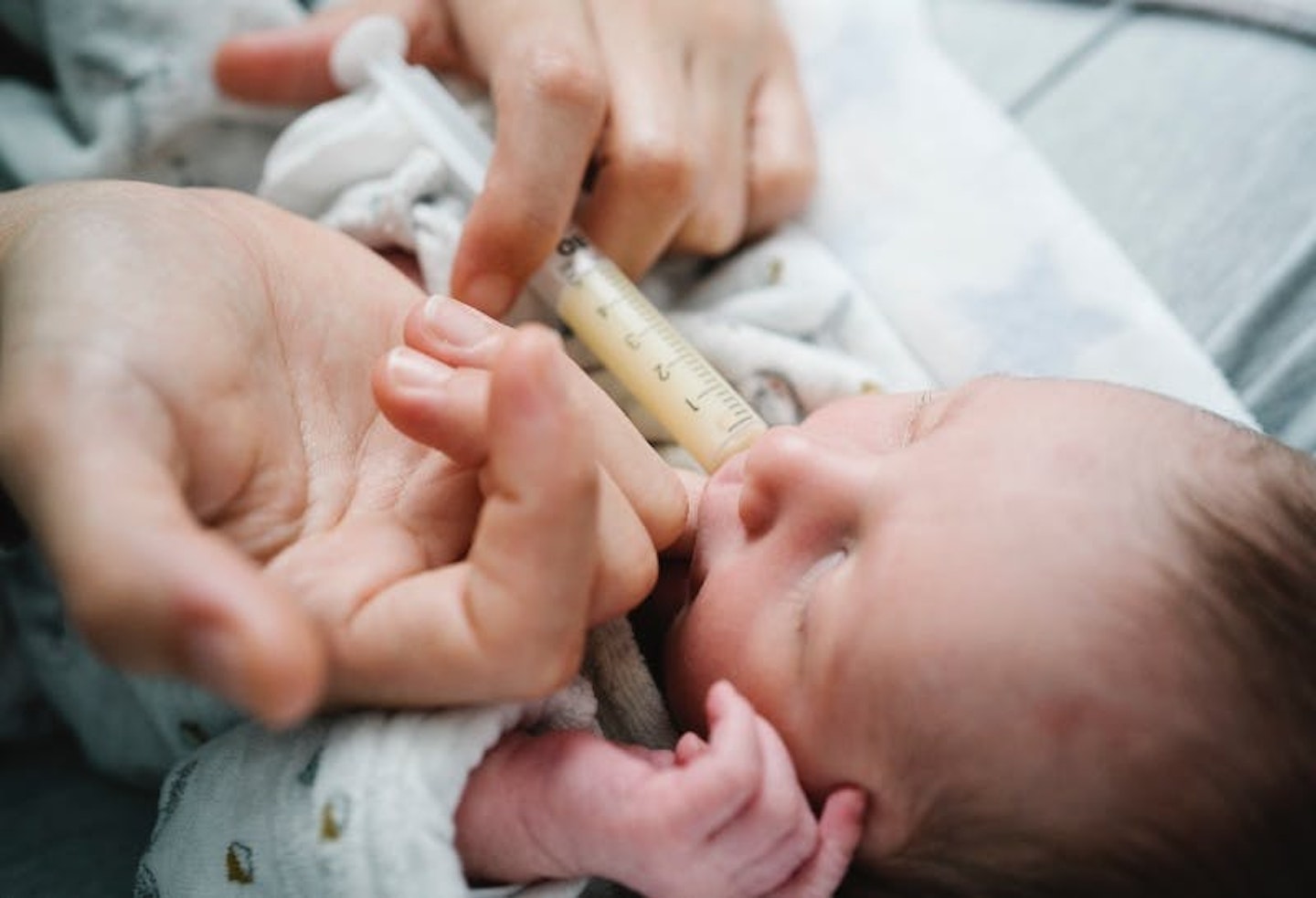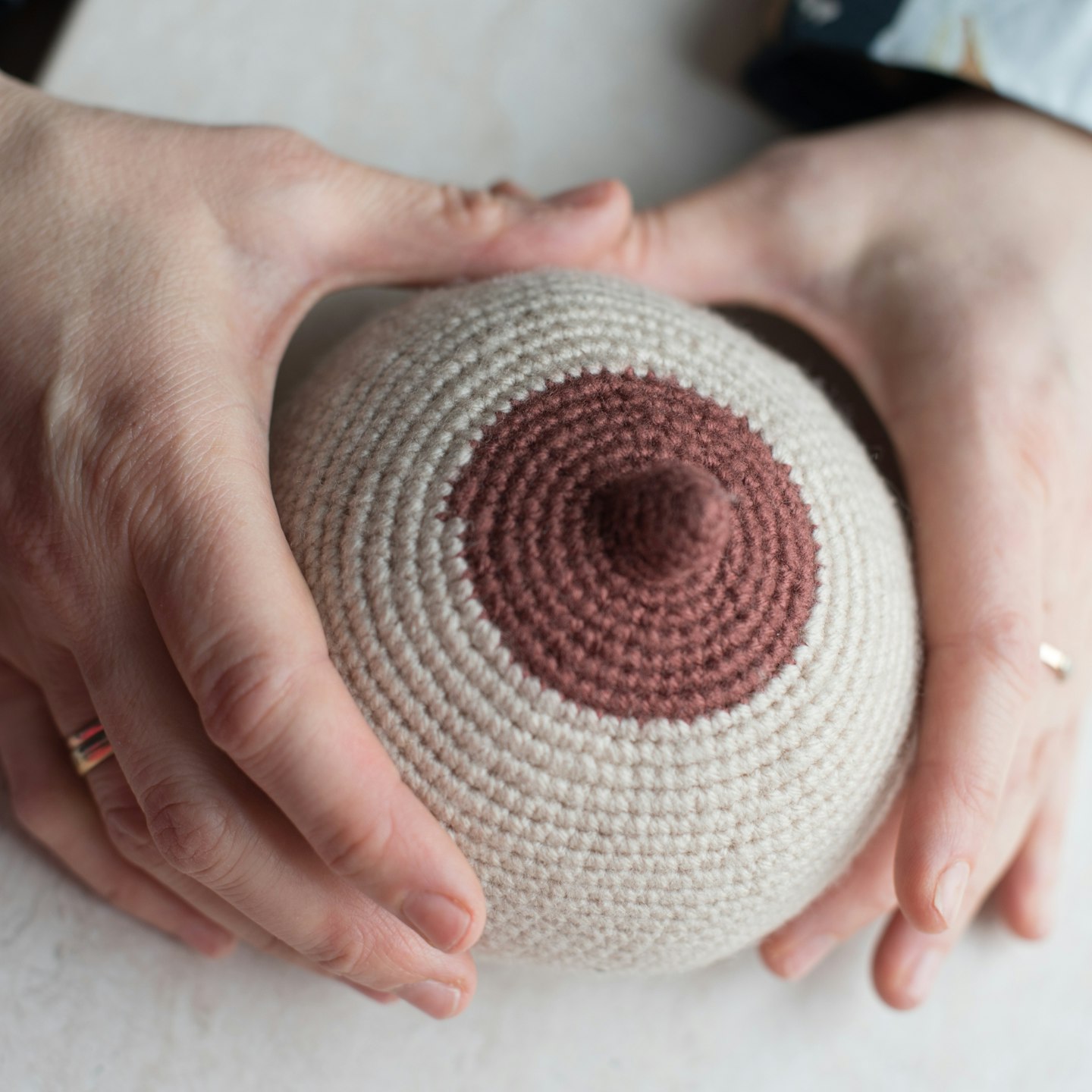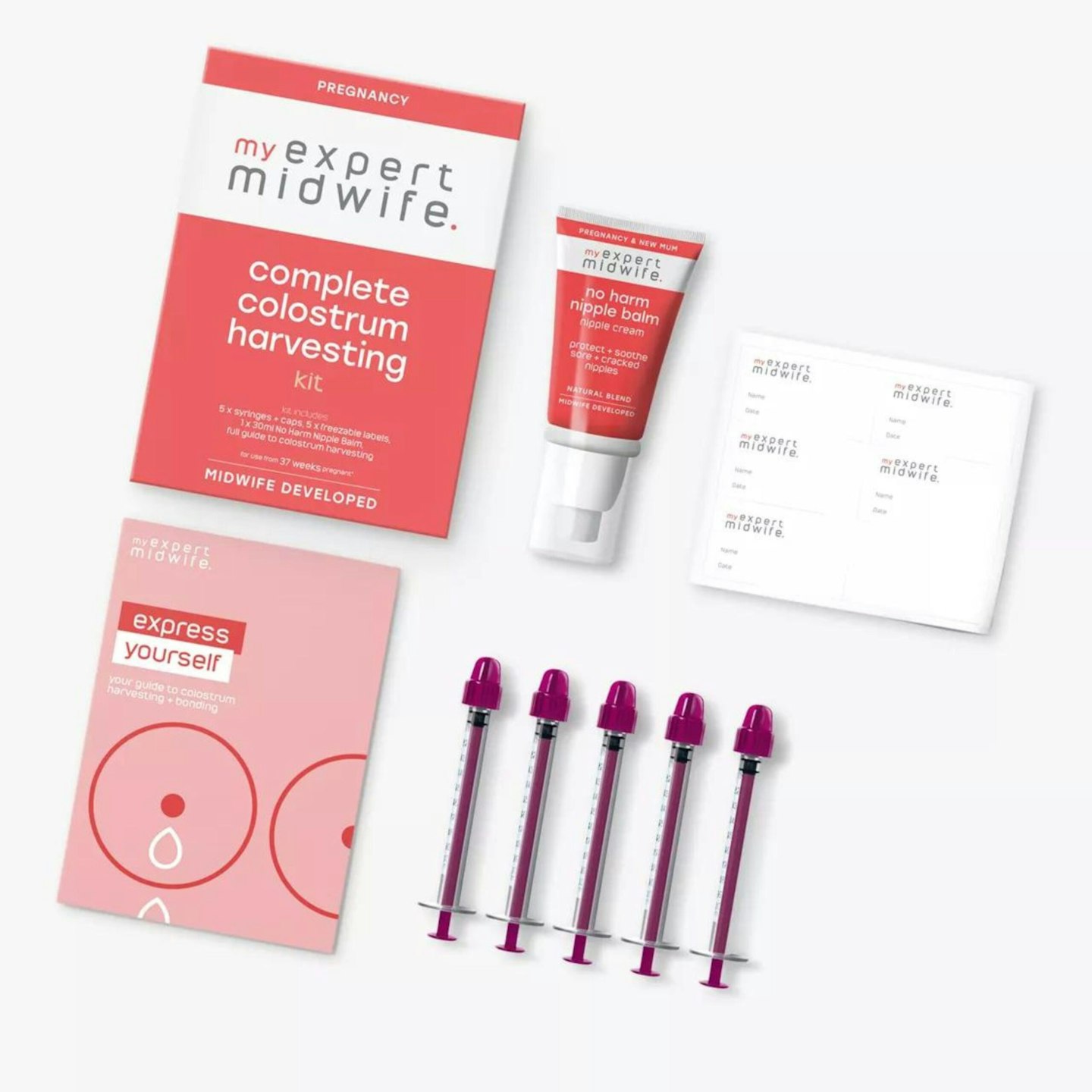If you’re expecting a baby and have heard the term “colostrum harvesting” but aren’t quite sure what it means, you’re not alone. In fact, a recent survey found that 67% of mothers did not know what colostrum was. Simply put, colostrum is the very first milk your body makes, and it's packed with the nutrients your baby needs right from the start.
Harvesting colostrum means collecting this early milk during the last few weeks of your pregnancy. This way, you have it ready and waiting for your baby’s first feed.
Leila Thabet, General Manager for Maven Clinic, the leading virtual clinic for women’s and family health, describes colostrum as “a thick, sticky substance affectionately called ‘liquid gold’ because of its golden yellow colour.” The NHS advises starting colostrum harvesting around 36 weeks of pregnancy and stresses that every drop is valuable, so don’t stress if you only collect a small amount.
So whether you’re new to this idea or looking for practical tips, we’ve got everything you need to know. We’ve consulted experts to explain the benefits of colostrum harvesting, how to do it, and what products you might need. Plus, we’ll guide you on storing and transporting your colostrum to the hospital so you’re all set for your baby’s arrival.

Benefits of Harvesting Colostrum Before Birth
Maria Myres, an antenatal teacher and in-house lactation consultant at Pippeta, highlights several key benefits of colostrum harvesting:
Support for multiple births
“Expecting twins or multiples? Harvesting colostrum beforehand can help you avoid the need for supplementation after birth.”
Aid for feeding difficulties
“If your baby might face feeding challenges, having extra colostrum available can be a lifesaver in those early days.”
Peace of mind
“For mothers with previous breastfeeding difficulties, harvesting colostrum provides reassurance and a sense of control, helping you feel more prepared.”
What are the pros and cons of colostrum harvesting?
“Many pregnant women harvest their colostrum to store up breast milk and to practise breastfeeding before their little one is born,” says Leila. “It is also beneficial for women having multiple babies (and more mouths to feed!) or whose milk might be delayed following a planned c-section.”
Other reasons pregnant women may harvest colostrum is if their baby include:
• Baby going to be large or small for their gestational age
• If baby has a cleft lip or palate
• If baby has Down’s syndrome or a heart condition
“For women with high blood pressure or diabetes, colostrum can also help their babies to maintain their blood sugar levels,” says Leila.
“Colostrum is full of positive bacteria that helps your newborn to adjust to the world. Various nutrients and antibodies in the milk help to pass on your immunity to your baby, kickstarting and boosting their immune system. Its laxative qualities even help them to pass their first meconium poo.”
According to the NHS, there is no evidence that hand expression of colostrum can trigger labour for women who are not known to be at risk of premature labour.
However, if you do experience any uterine contractions while you're expressing, you should stop. If these continue, contact your midwives.
When can women start harvesting their colostrum?
Colostrum harvesting should start from when you are around 36 weeks pregnant. “Although some women may notice their breasts leak colostrum as early as week 16 of their pregnancy,” says Leila.
You can do this by hand expressing for a few minutes once a day and gradually build up to doing it for five to 10 minutes. Once your baby is born, you can harvest your colostrum the same way you would express your breast milk, using an electric or manual breast pump.
Does colostrum harvesting hurt?
“Some women may find the process of colostrum harvesting tender, however, it should not hurt,” says Leila.
“If hand expressing does cause soreness, you should try changing the pressure or position of your fingers. You can also get expert help from a lactation consultant who can help guide you through the best practice of colostrum harvesting,” she adds.

How do you harvest colostrum?
Leila says one of the most important things to remember is to be patient and gentle with yourself. Harvesting your colostrum is a new skill and it will get easier with time.
“I recommend practising in the shower or bath so that you are in a warm, relaxed environment,” says Leila. Here are her steps to hand express colostrum:
To hand express colostrum follow Leila's steps below:
Step 1: Before you start, wash your hands and apply a warm compress to your breast.
Step 2: Make sure you are comfortable (leaning slightly forward whilst seated is common) and then gently massage your breast, stroking towards the nipple.
Step 3: Cup your breast in a C shape with your thumb above the nipple and the first few fingers below. Then start to compress and release in a repetitive, rhythmic process.
Step 4: Use a sterilised 1ml syringe to draw up the colostrum from a teaspoon or from your nipple.
Step 5: It should then be stored the same as breastmilk: up to 8 days in a fridge at 4 degrees or lower or up to 6 months in the freezer.
Step 6: You may only express a few drops of colostrum or a full teaspoon, so don’t be disheartened if you feel you haven’t expressed a lot, colostrum is extremely concentrated so every drop counts.
Always discuss colostrum harvesting with your midwife before you do it.
How many times a day do you harvest colostrum?
“You can try to express twice a day in the morning and evening but don’t feel pressured to do so.” She adds, “To express, it’s best to use your hands, as the colostrum is so thick it would stick to the parts of a pump.”
How to transport your frozen colostrum?
You can take your frozen syringes of colostrum with you to the hospital in a freezer bag containing a freezer block or ice pack. It can then be defrosted under warm running water or at room temperature for when you need it.
“Make sure you let your midwives know if you're planning to do this ahead of labour so they're aware on the day, as they may also be able to provide you with freezer storage at the hospital,” says Maria.
Adding, “Storing colostrum is good for many reasons, whether it’s medically advised or a mama decides to do it just to have peace of mind in the early days while they are establishing breastfeeding. For many who had a difficult breastfeeding journey previously, antenatal expression of milk also brings a sense of control over high emotions that come to the surface when starting a new breastfeeding journey.”
Can colostrum harvesting bring on labour?
“This is a common myth,” says Leila. “Research shows that hand expressing colostrum is highly unlikely to induce labour. If it was that easy, we wouldn’t need to induce so many pregnancies!”
What are colostrum harvesting kits?
“These are kits you can buy that contain the items you need to harvest your colostrum,” says Leila. “Most colostrum harvesting kits consist of multiple syringes and caps, cloths, and a user guide. Some also come with a storage bag or cup.” However, your midwife will be able to provide you with syringes.
Maria suggests, "Product-wise, you will simply need a sterilised cup or little bottle and a syringe. Collect the droplets of liquid gold in a cup or bottle and then draw them into a syringe or get somebody to help you draw the droplets that you express straight from your breast into the syringe. You can use the same syringe for one day if you draw from a sterilised cup, simply store it in the fridge in between pumping in a milk storage bag and label. It can then be popped in the freezer!"

www.johnlewis.com
This kit provides everything you need to collect and store your colostrum before your baby arrives. It includes syringes, caps, and a storage bag, all with clear instructions to help make the process smooth.
Pros
- Comes with everything you need in one package
- Easy-to-follow instructions included
- Sterilised components keep your colostrum fresh
- Storage bag makes it easy to take your colostrum to the hospital
Cons
- May be a bit more expensive than buying items separately
- Only for colostrum, not for other breastfeeding stages
- 5 x syringes + caps
About the expert
Maria Myers is a highly qualified antenatal teacher, doula, and in-house lactation consultant at Pippeta. As an international board-certified lactation consultant (IBCLC), she has extensive experience in infant feeding support. Her dedication to supporting and educating families covers all aspects of infant feeding, including breastfeeding, pumping, combination feeding, and formula feeding. Maria's work reflects her commitment to providing comprehensive and accessible support for new parents.
Leila Thabet, General Manager for Maven Clinic, the leading virtual clinic for women’s and family health, describes colostrum. You can book a virtual appointment at a time that suits you with their team of female health specialists including breastfeeding experts, private midwives and pelvic floor physiotherapists.
About the author
Anne Lora Scagliusi is a Senior Digital Writer at Mother & Baby. She is a Scotland-based journalist with over a decade of international writing experience, specialising in women’s health, maternal mental health, and wellness. Her work has been featured in Vanity Fair, Marie Claire, and Glamour and has appeared on several Vogue global editions. She is mum to a one-year-old bambino and lives between Italy and the UK.
